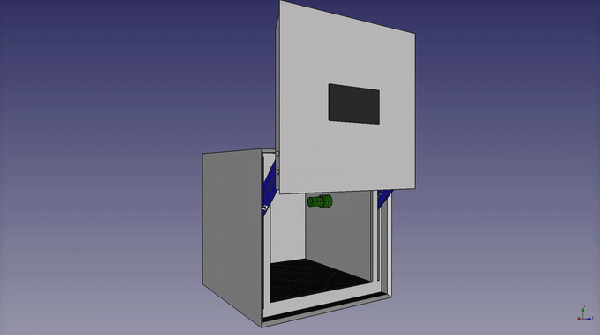There are times in everybody’s life when they feel the need to shoot at things in a harmless manner. For those moments there are rubber bands and Nerf darts, but even then they feel like mere toys. If that is the point at which you find yourself, then maybe [Austin]’s home-made electric disc shooter can help.
Operation of the shooter is simple enough. A stack of 3D-printed plastic discs is loaded into a tubular magazine, from which individual disks are nudged by a motor-driven cam controlled by the trigger. Once the disc leaves the magazine it reaches a vacuum cleaner belt driven by a much more powerful motor, that accelerates the disc to ejection velocity.
The video below the break shows the gun’s construction, as well as a sequence involving the destruction of plenty of balloons, soda cans, and food items. The 3D-printed ammunition seems to us to be the weak link as in our experience it is inevitable that there is a high ammunition loss rate with these type of weapons, but maybe [Austin] has a line on some cheap filament. Either way, his disc gun looks like the kind of toy that could provide an entertaining diversion for many readers.
Continue reading “A Disc Shooter For When Rubber Bands Or Nerf Darts Aren’t Enough”





















